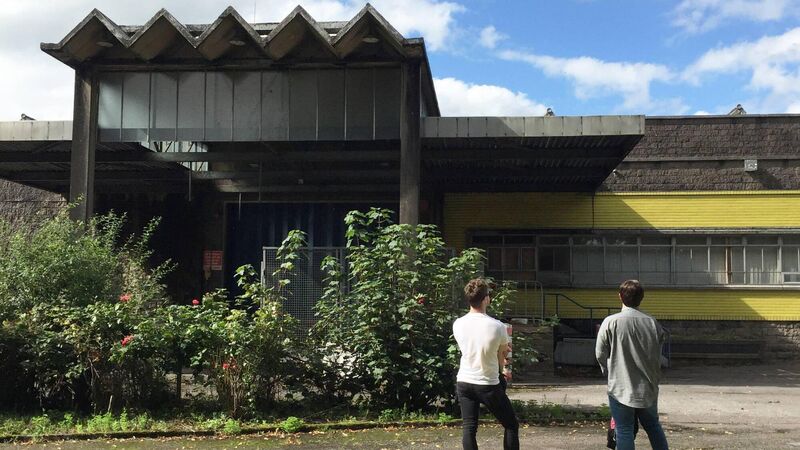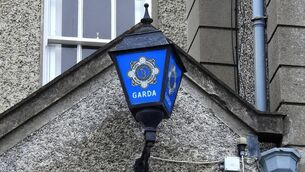Planners advise Tyndall to 'reconsider' demolition of former Cork Distillers plant

Planners said they had “concerns of a very serious nature” about the Tyndall National Institute's proposed demolition of the bottling plant. File photo
A fine example of 20th-century industrial architecture in Cork City has been saved from demolition - for now.
It follows a request from Cork City Council for a raft of further information from the Tyndall National Institute on its planning application for a major nanoelectronics research building at North Mall.













